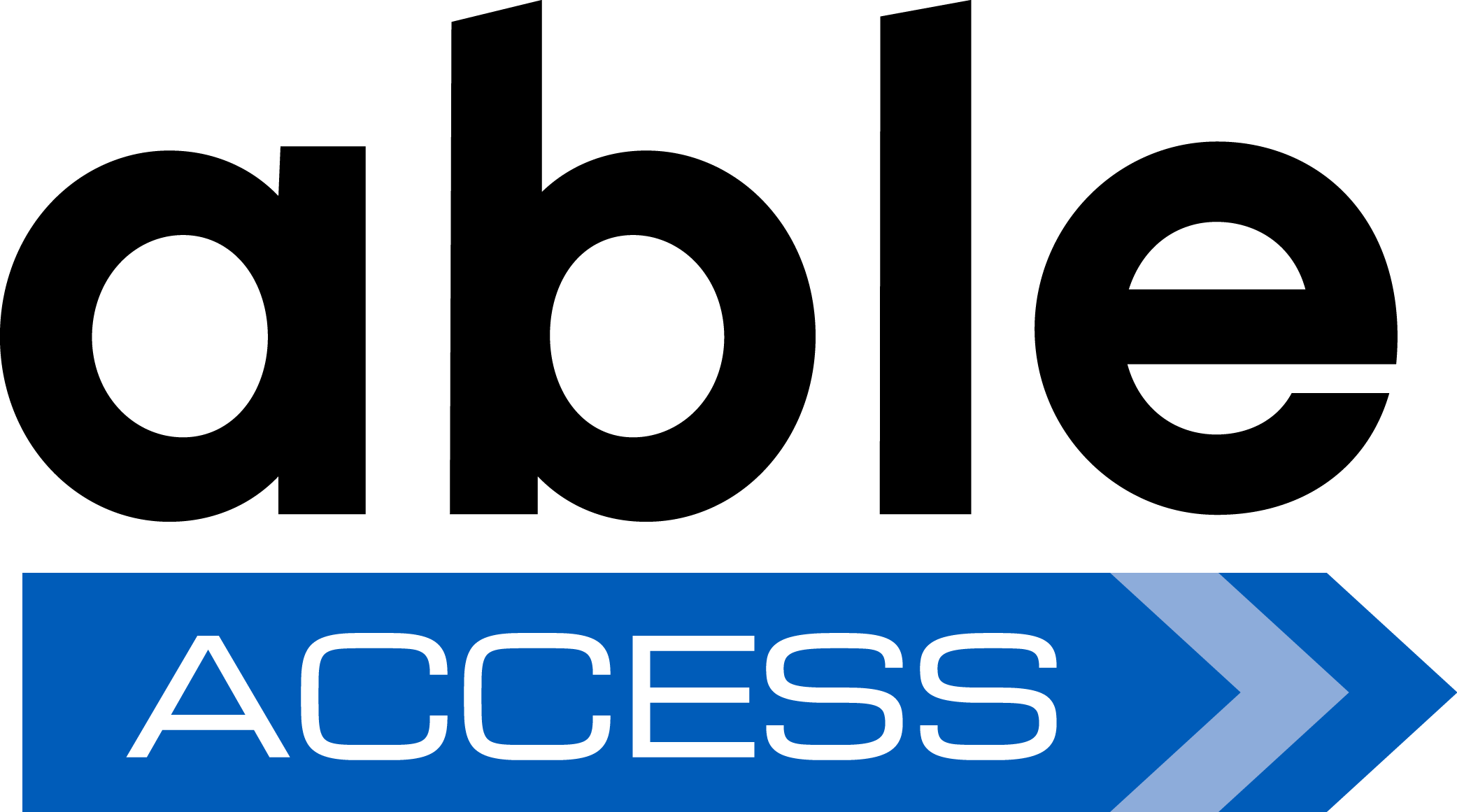
Hurricane season is in full swing and added to the additional concerns of the COVID-19 pandemic, it’s more important than ever that broadcast media professionals are keeping people with disabilities in mind during emergency broadcasts and alerts. The Americans with Disabilities Act requires that people with disabilities are given equal access to all communications, but accessibility doesn’t need to be a costly or time intensive process. Here are just a few tips to help you make sure your content is accessible to everyone, including people with disabilities.
- Have an American Sign Language (ASL) interpreter present for all press conferences. Many people who are Deaf rely on ASL to obtain equal information, so it should not be overlooked. Keep in mind that camera angles must be set to keep the interpreter in frame at all times. For a list of interpreters in South Carolina, contact the SC Association of the Deaf.
- Double-check that closed captioning is active and working correctly. Closed captioning is required for all television programs, but it never hurts to double-check that everything is working correctly. Not all people who are Deaf or hard of hearing rely on ASL. Many persons with and without disabilities use closed captions, such as our elderly population or people who prefer to keep their devices on mute.
- Speak and write in clear and easily understood language. Keep sentences short with only one point per sentence, and keep words on a third to fifth-grade level. This is called plain language and helps people with and without disabilities easily and quickly understand your content.
- Make sure your reporting uses the correct language when referring to people with disabilities. Disability isn’t a bad word, but words like handicapped, special needs, differently-abled, etc., can be highly offensive and othering.
- Prepare an audio description track for emergency stories in advance. Audio descriptions help people who are blind to understand content such as photos, on screenwriting, etc., that is displayed visually on screen. Audio descriptions should be created in such a way that, if visuals were removed, the audio content could stand on its own and allow the visuals to be completely understood.
When implementing these tips, or if media professionals have questions, it’s always best to reach out to a disability organization with people with disabilities on staff, like Able South Carolina. Contact us at advocacy@able-sc.org or by calling 803-779-5121.
